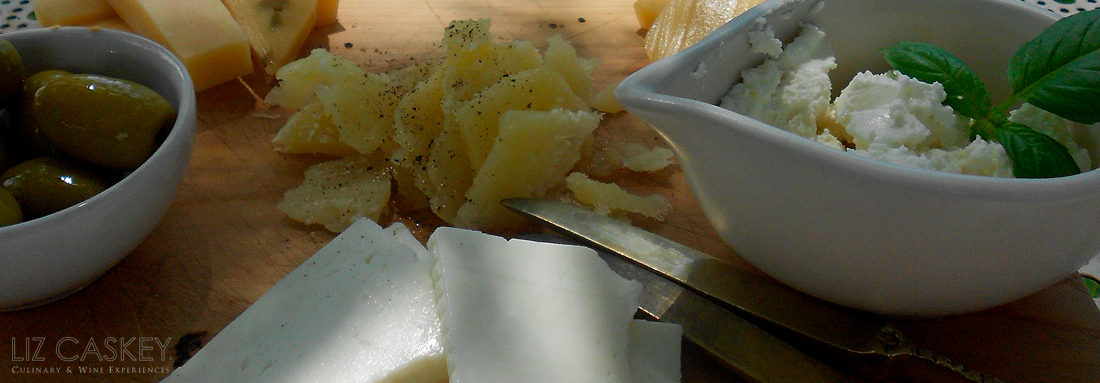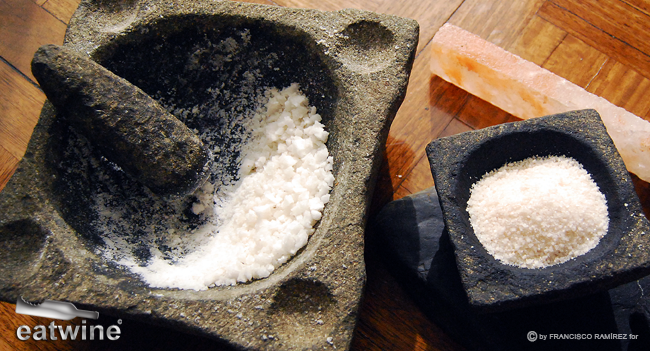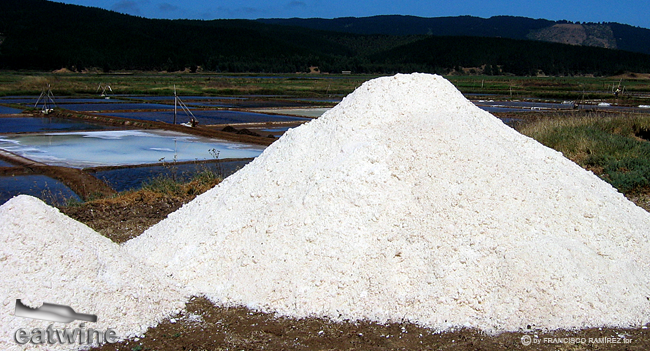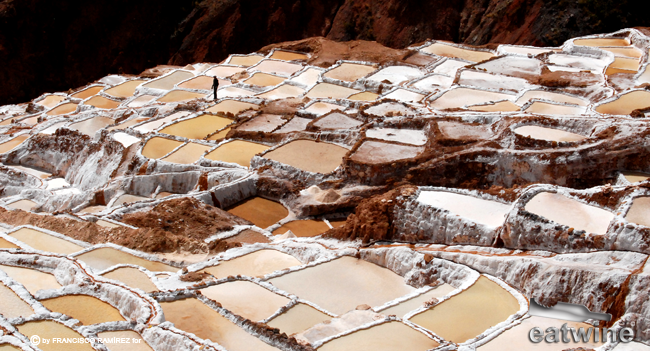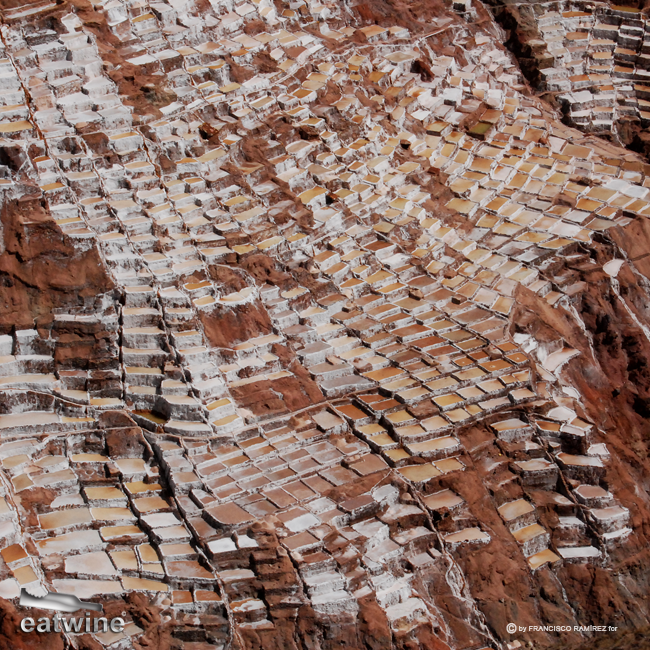Salt. One of the essential minerals for life is composed primarily of sodium and chloride ions along with other trace elements. So simple. So basic. Salt can coax out and exalt flavor like no other condiment. Without salt, food is doomed to taste bland. Besides taste, our bodies couldn’t function correctly without the ions contained in salt. Unlike other necessary ions, also called dietary minerals (think calcium, potassium, magnesium), sodium and chloride ions are not widely found in food sources. Thus, without the addition of salt, it would be nearly impossible to consume the necessary quantities of these essential ions.
For most of human existence, salt has been scarce, difficult to transport, and of varying quality. People searched for and mined salt in mountains or evaporated it from the ocean. Salt was a treasure. It was traded, coveted, even stolen. Every person who could make it would do so. Salt making often required an entire community and mirrored the geographical elements of a particular region. The result was a unique mineral and crystalline imprint of elemental and human forces in that specific area of the world. It was, and is, a natural, whole food intimately tied to a place and a way of life.
As industry evolved, salt became industrialized. Traditional communities making it were lost and the product itself became overly refined and a far cry from its artisan version. Today, salt is so commonplace that most people don’t even think about it having a particular flavor, much less about what exactly they are putting in their mouths or the impact it has on their body. Thankfully, the tides are changing and in South America, artisan salt is still very much present and appreciated. In fact, two areas in Chile and Peru are certified, protected artisan salt regions—one on the coast in Chile, and the other in the Peruvian Andes. The local “Denominación de Origen” law, similar to the AOC appellations in France, has given merit to the salt makers and the communities which humbly produce these products.
There are other regions producing salt in South America like the pink salt from Tarija in Bolivia, the white salt from Uyuni (the largest salt desert in the world), or the great Salar de Atacama in Northern Chile. It is just the beginning of tapping into the artisanship of salt. Remember, no two (artisan) salts are ever the same. Just sprinkle some on your tomato and prove it to yourself.
Chile’s Central Coast: Boyeruca & Cahuil
Located on the coast of Colchagua, the salt lagoons of Cahuil and Boyeruca have been around since before the Spanish arrived nearly 500 years ago, and probably thousands of years prior to that. These salt flats have played an important role in the development of Chile and are considered heritage in every respect in the region.
Boyeruca (technically Lo Valdivia) is in the southwestern corner of Colchagua near the town of Bucalemu. Cahuil, is farther to the north – about 12 kilometers south of the surfing Mecca, Pichilemu. Both are only a few kilometers from the ocean. There, salt makers, who learned their craft from their elders, channel pure ocean water into dozens of pools during the warmer months. They circulate the waters to avoid having any concentration of undesired elements. During January and February the ocean water slowly evaporates leaving behind the white-ish gray crystals that are later “raked” into piles according to their quality. Along the road dotted with tall evergreens, there are many small family homes selling bags of this salt from 1 kilo up to sacks of 50 or more.
This sea salt comes in large crystals that is soft and has varying degrees of humidity. It easily is ground in a traditional mortar and pestle (as we do at home), or a salt grinder. It has a tangy, mineral taste that transforms the humble pan con palta, toasted bread with mashed avocado, with a sprinkle of its mineral fairy dust. In fact, the salt extracted from this region of Chile was the first “mining” product to be declared as having “Denominación de Origen”, recognizing its uniqueness in flavor and ties to the local communities.
Peruvian Andes: Maras Pink Salt
Secluded in the heart of the Sacred Valley of the Incas in Cusco, Peru, these ancient Incan salt pans are in a dramatic location–cascading down the steep mountainside towards the valley floor below. It is believed that this natural hot spring once formed part of the Pacific Ocean that covered the Andes millions of years ago. As the waters receded, part of the sea was trapped under the earth. Whether or not this is true, as this hot spring leaves the earth, salt makers channel the water into flooded pools. Each one of these pools belongs to a local family that tends the salt as a parcela, plot of land. This tradition dates back at least to the time of the Incas and possibly before that. The intense sun of the Andes (the salt pans are at nearly 13,000 feet about sea level), slowly evaporates the water. The pools themselves create a zigzag of different shades of white due to the lengthy evaporation process. Looking at them from the hills above or below reveals a beautiful mosaic. When completely dry, the salt forms light pink crystals which are later harvested. This reason this particular salt has a light pink color and strong flavor is due to the presence of iron and other minerals. In Peru, Maras salt is having a boom in all types of local and gourmet products from potato chips to crystals in dark chocolate, bath salts, and crusts for fish. It has truly become Peru’s “go to” artisan salt, further supporting this Andean community.
While there is still ground to cover for these South American artisan salts to gain the traction abroad on the level of renown of French salts like fleur de sel, when you come to visit Peru or Chile, do seek them out. They are quite unique. Not only will they add depth of flavor to your cooking, you’re also transporting a piece of South America’s culinary terroir home with you. You also become part of the network that helps preserve these ancient traditions.
